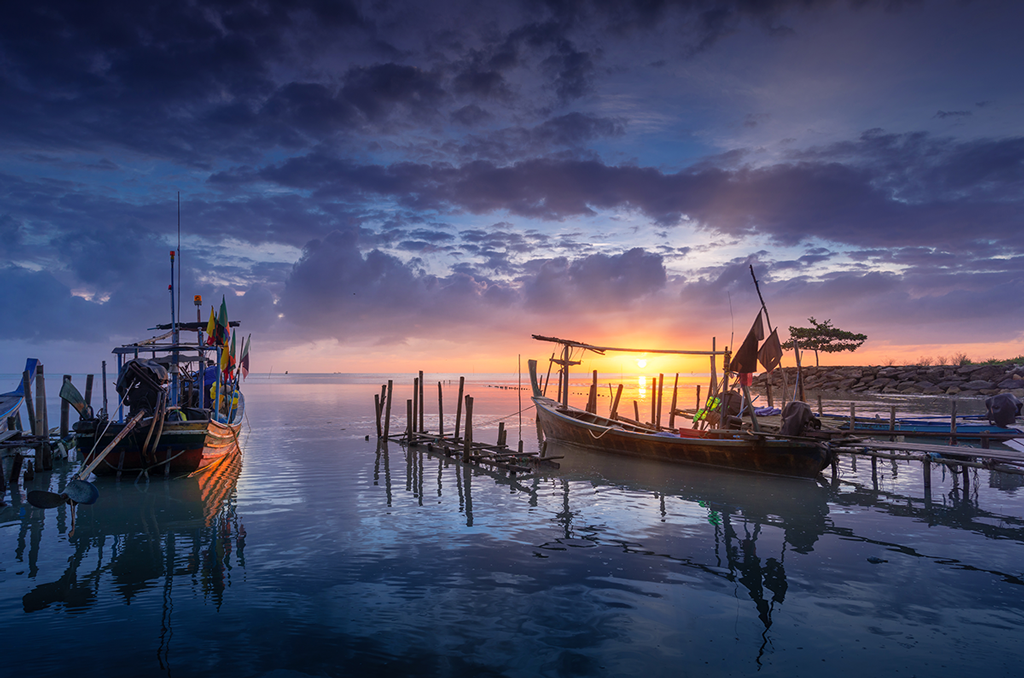
Alaskan Fisheries Bracing for Potential Downturn in Seasonal Yields
- foodfightadmin
- September 7, 2023
- Climate Change
- rsc pages, rscl
- 0 Comments
Warming Ocean Waters Lead to Declining Crab Numbers
KODIAK, Alaska — The once thriving crab industry is facing a crisis. The Prout family, longstanding figures in the Alaskan crab fishing legacy, are facing the reality of environmental impact on their livelihood. In 2020, Gabriel Prout and his brothers took a leap of faith investing in a snow crab fishery access, hoping to continue the family’s legacy. But the following year brought a halt to that dream. Survey results revealed a historic low in crab numbers, prompting the shutdown of red king crab season and a 90% reduction in snow crab catch.
These numbers proved to be enduring as the subsequent year’s survey led to yet another shutdown of the red king crab fishery and, for the first time, a total closure of snow crab season. Gabriel Prout, 33, now finds his investment teetering as he pivots to salmon tendering to make ends meet.
Scientists are piecing together reasons for the crabs’ decline, with warming seas being a prime suspect. Preliminary findings from this current research signal another bleak season for crab fisheries, with official decisions on catch limits anticipated in early October, just as the crabbing season would typically commence.
In the face of this downturn, others like Kevin Abena have found alternate paths to sustain their marine enterprises. Abena, who manages a fishing operation with his father, has shifted his focus from crabbing to tendering and harvesting halibut and black cod. The family’s vessel, Big Blue, a relic from the late ’70s constructed by Abena’s father, is a testament to their adaptive resilience in an industry at the mercy of nature’s changing tides.
In a candid disclosure, Kevin Abena, a seasoned fisherman and board member of the Kodiak Crab Alliance Cooperative, has shared that his income has suffered a 20% dip amidst the ongoing fisheries crisis. Abena, whose fishing portfolio extends beyond crabs, expresses deep empathy for those whose sole income is crab fishing, as they face stark economic pressures with mortgages and living expenses hanging in the balance.
The closure of crab fisheries has had a ripple effect, with Abena observing a spike in competition both in tendering services and other fisheries. Last season, a noticeable shift occurred as many fishermen sought opportunities in the tanner crab fishery, one of the few that remained open, leading to a scramble for available resources.
The sudden need to diversify has hit the fishing community hard. Transitioning to different fisheries is not a straightforward task; it requires new equipment and access rights, both of which demand significant investment. This has left many in the industry in search of new opportunities, while others are constrained by the limitations of their vessels and financial resources.
Researchers, like Mike Litzow, Director of the Kodiak Fisheries Science Center, point to climate change as a likely culprit in the decline of crab populations. The Bering Sea suffered a decline in ice coverage and a rise in temperatures through 2018 and 2019, disrupting the ecosystem to a degree that snow crabs could not endure. The center’s survey shows a staggering drop from 11.7 billion crabs in 2018 to a mere 940 million in 2021, marking the lowest count on record. This data is a call to action for the industry and environmental stewards alike, as they grapple with long term sustainability of marine life and the communities that depend on it.
Snow crabs have long thrived in the Bering Sea, where temperatures have consistently remained below 35.6 degrees Fahrenheit. Despite findings that crabs can survive in slightly warmer waters, additional hypotheses suggest warmer seas could be inviting more predators, spreading diseases, or diminishing the crabs’ prey, essential for sustaining their metabolism as temperatures rise.
Whether crab fisheries will open this winter hinges on upcoming marine surveys. Mark Stichert, of the Alaska Department of Fish and Game, admits last year’s predictions, which foreshadowed a bleak scenario, have largely been accurate. His outlook remains cautious.
The fishing community has also raised alarms over the continued operation of trawl boats, which cast nets that can harm both the crab population and their habitats on the ocean floor. The Alaska Bering Sea Crabbers, under the leadership of fisherman Gabriel Prout, requested a 180 day fishing moratorium in parts of the Bering Sea to conserve the vulnerable red king crab. Their plea was rejected by the National Marine Fisheries Service earlier this year.
In response to the crisis, the U.S. Department of Commerce has designated nearly $192 million to support Alaskan fishers crippled by the successive closures of king and snow crab fisheries. Gabriel Prout, a seasoned fisherman, fears that for many, the financial relief will come too late.
The sight of idle fishing boats at the harbor is a stark reminder of the industry’s struggles. Prout longs for the day when the fisheries can return to their former vitality, though he expresses skepticism about such a turnaround. His sentiments reflect a broader anxiety within the fishing community, awaiting a more optimistic update that may not come.








